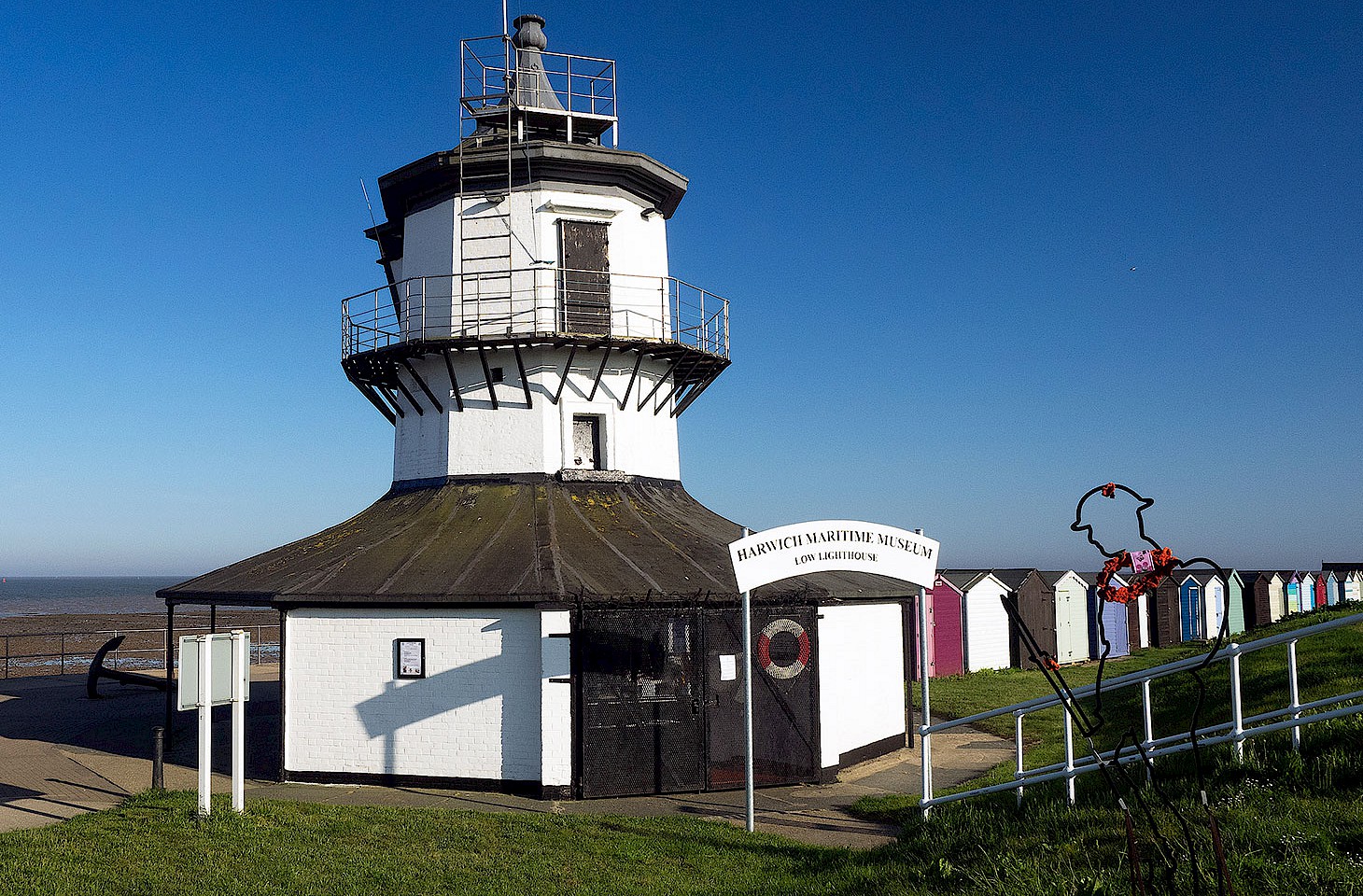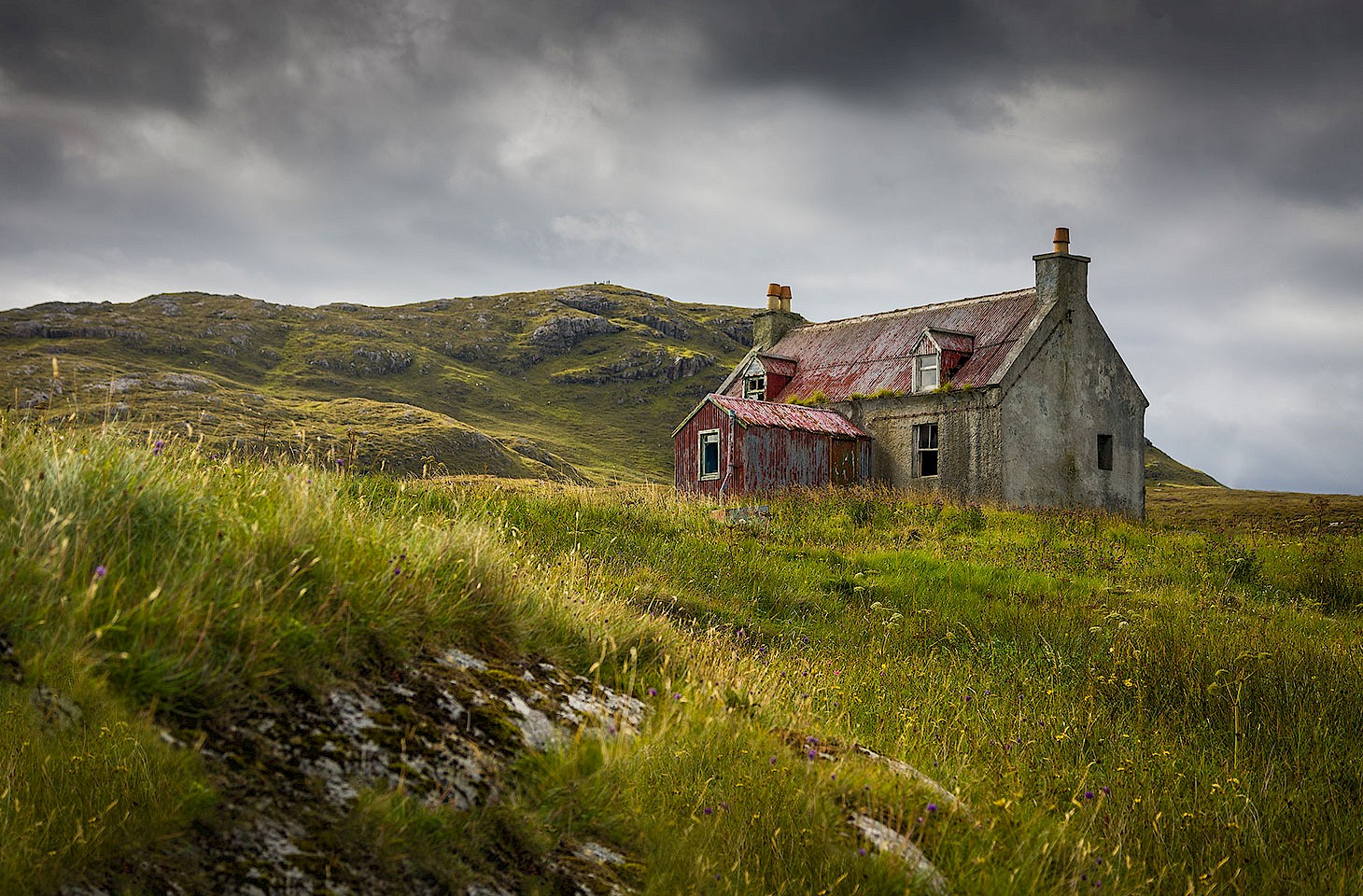If there is one thing we have learned in the COVID interregnum, it is the importance of fresh air. We have shifted our patterns of activity, a chat in a meadow eclipsing the conviviality of the pub, an afternoon in the forest with friends now more favoured than an evening at the card table.
In this, we unconsciously make common cause with dozens of 19th-century artists from Millet to Monet, from Alfred Sisley to Stanhope Forbes, who needed no convincing that outdoors was definitely better than indoors.
En plein air was the rallying call as artists forsook their studios and moved out into the landscape, recasting the dominant mode of professional practice. While in the studio work was studied and a single painting could take weeks, the new techniques of the open air emphasised speed and agility.
In a celebrated treatise published at the very start of the 19th century, the French artist Pierre-Henri de Valenciennes urged his professional colleagues to sharpen their observational skills and get each job completed much more quickly. The transience of atmospheric effects demanded the three-hour painting; open-air painters could not afford the luxury of multiple sittings.
De Valenciennes’ Élémens de perspective pratique set out a series of prescripts that these days we associate with the Impressionists, a movement which developed only in the last quarter of the 19th century. But de Valenciennes was writing very much earlier. When de Valencienne’s book appeared in 1800, his ideas were revolutionary, nudging artists to no longer just paint idealised Italianate landscapes in their studios, but rather to spend more time in the open air keenly observing the intimate details of landscapes in those regions of Europe where they lived and worked. As de Valenciennes’ ideas gained currency in a Europe recovering from the restrictions of the Napoleonic Wars, the stage was set for an extraordinary social and creative movement which was to profoundly affect artistic professional practice, one which finds expression both in the artistic legacy of that period and in modern European tourism.
Rethinking artistic practice
Within a relatively brief period, now that the primacy of neoclassical landscapes had been questioned, a network of art villages (or art colonies) developed across northern Europe, all of these communities with their own artistic style (or styles) and character, each one championing and celebrating the landscapes of their immediate region. Places like Barbizon, Worpswede, Pont- Aven and Newlyn were quickly inscribed on the European cultural imagination. These, and dozens of similar communities, became focal points for journeys by painters and those who affected an interest in cultural trends. In 1910, the Vienna-based journalist and critic Ludwig Hevesi described Barbizon as “one of the most famous villages in the world.”




